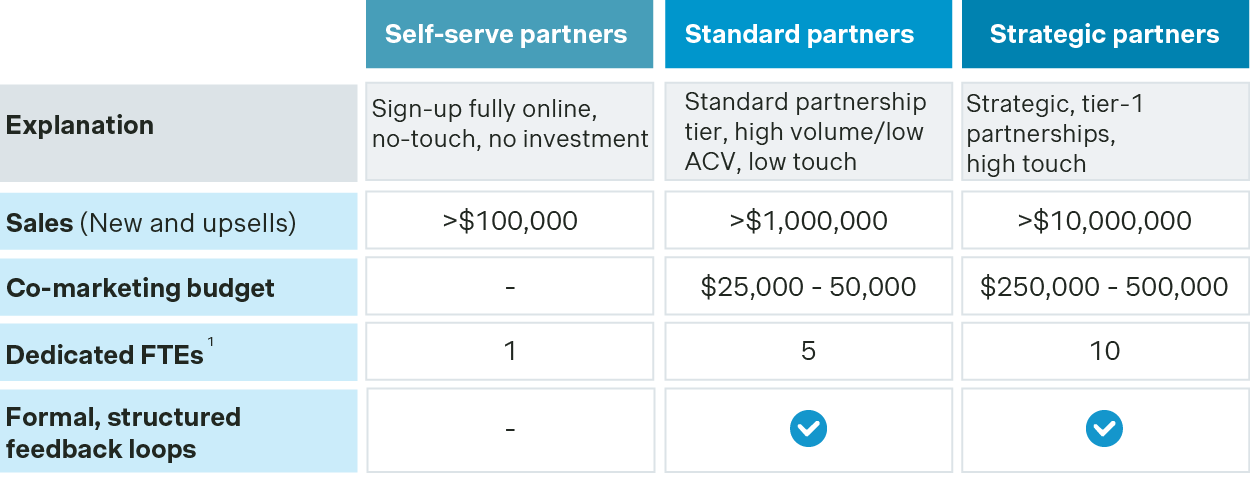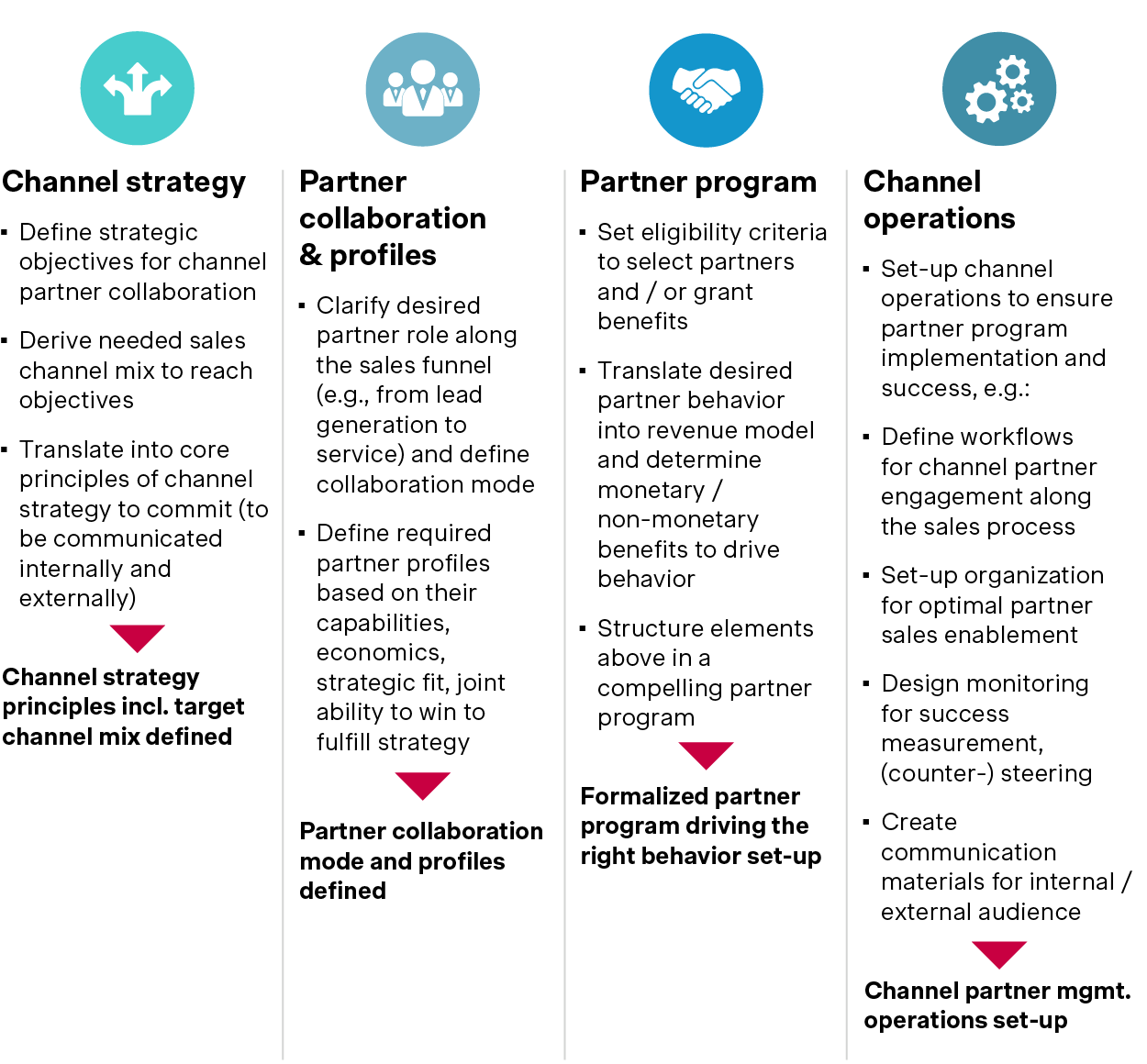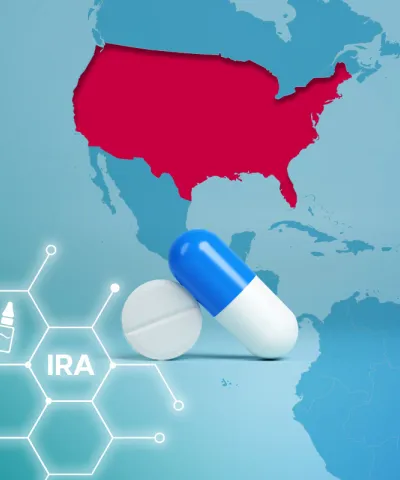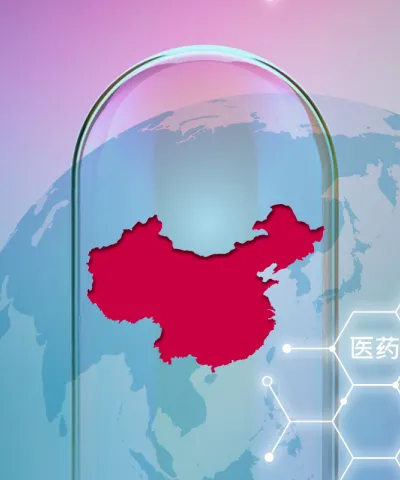As generative AI matures, building applications is easier than ever.
But selling them? That’s a different challenge.
Many GenAI startups face the same dilemma; they have great products but limited resources. Hiring and training a sales team with deep AI knowledge takes time and money. Meanwhile, competitors are racing ahead. That’s where the right partnerships can change the game. A strong network of partners helps close expertise gaps, reduces time to market, and opens doors to customer bases you couldn’t reach on your own.
Why it’s critical to partner up
As GenAI applications race to market, companies are faced with a critical decision: how to reach customers most effectively. The strongest go-to-market strategies often combine product-led growth (PLG), direct sales, and partnerships. Each path plays a distinct role: PLG drives fast adoption, direct sales builds control and depth with customers, and partnerships extend your reach and credibility.
Direct sales offer clear advantages when your product is high-touch, complex, or sold to large enterprises. It gives you control over pricing, messaging, and customer relationships, and allows for more tailored sales cycles. If you’re selling to technical buyers with well-defined use cases or have the resources to build a strong sales team and brand from the ground up, a direct approach can work well.
Partnerships, on the other hand, offer leverage. Rather than building credibility from scratch, you gain from your partner’s reputation, which is especially valuable when your buyers are unfamiliar with AI and are looking for trusted guidance. Partners can open doors to new segments, provide domain expertise, and support adoption in ways your internal team may not be able to. Beyond market access, partners can also make your product stronger. A value-added reseller (VAR) can localize it for compliance or industry fit, while a systems integrator (SI) can lead complex rollouts. You can even align product roadmaps to co-develop features that create more value for your customers.
In short, direct sales works best when you need full control and are equipped to drive every part of the customer's journey. Partnerships shine when credibility, access, and scale are more urgent than control. In the sections that follow, we’ll double-click into when and how partnerships work and how they can become a critical part of your broader go-to-market strategy.
How to choose the right partners
Choosing the right partners starts with strategic alignment. You need to ensure the partner’s market focus matches your target segments. For instance, if you’re building an LLM solution for healthcare, a consulting partner with deep provider relationships and regulatory experience will bring far more value than a large VAR or SI with broad IT focus.
It’s equally critical to assess technical compatibility. Look at how easily their systems integrate with your architecture. Consider their security posture and ability to meet data compliance standards relevant to your users.
Past success is a good indicator of future impact. Can they demonstrate successful deployments and customer outcomes? For example, Harvey’s partnership with several legal tech VARs enabled rapid customization of their AI tools for firm-specific workflows, leading to faster adoption across boutique and mid-size firms.
Another standout is Typeface, which partnered with Salesforce and Microsoft to embed GenAI content capabilities into CRM and productivity environments. These alliances not only expanded reach but also made the product stickier by integrating it into users’ daily workflows.
Finally, evaluate cultural fit and operational readiness. A misaligned approach to customer success or a lack of training infrastructure can delay progress and erode customer satisfaction.
Strategic fit is not enough; you also need to evaluate the speed of the business.
"Larger SIs and VARs often check all the right boxes strategically but underestimate how quickly the partnership can truly take flight. Always weigh strategic alignment alongside the speed and agility required to realize business impact…"
Head of Partnerships and Ecosystem, Postman and Atlassian
Ask the following questions to discover potential fit:
- Who are your core customers?
- Can you show successful AI integrations?
- What technical, marketing, and sales support will you offer?
- How do you measure partnership performance?
- Where does this fit into your long-term strategy?
Match the partner type to the right customer base
Different partners unlock different types of customers. Choosing the right mix helps tailor your go-to-market strategy.
| Partner Type | Target Audience | Audience’s Primary Need | GenAI Example |
|---|---|---|---|
| Value-Added Resellers (VARs) | Small and mid-market companies |
| Ironclad’s legal AI was rolled out through VARs that understood the nuances of corporate counsel teams Moveworks used IT VARs to deliver localized GenAI deployments across enterprise help desks |
| Cloud Partners | Enterprises and growing businesses |
| OpenAI with Microsoft Azure enable GenAI tools to run within secure, enterprise-grade environments while leveraging Azure’s distribution power |
| Tech Product Partners | Developers and early adopters |
| Typeform’s integration of OpenAI capabilities into its user interface boosts user engagement and broadens use cases Jasper’s collaboration with HubSpot and Notion’s integration with OpenAI highlights the value of embedding GenAI directly into platforms users already rely on |
| Consulting Firms | Large enterprises undergoing transformation |
| Global strategy consulting firm’s partnership with OpenAI or xAI brings LLM tools into large-scale digital transformation engagements with Fortune 500 clients |
| Business Process Outsourcers (BPOs) | Enterprises with high-volume, repeatable processes |
| Leading tech company partners with GenAI vendors to embed AI copilots into global shared service centers, streamlining customer support and finance operations for large enterprises |
How to incentivize and negotiate win-win partnerships
Successful partnerships hinge on aligned incentives. Start by defining clear revenue-sharing models or commission structures. Consider milestone-based payouts that reward customer acquisition and retention.

Performance-based incentives can keep momentum strong. Offer bonuses for surpassing sales targets or retaining customers over a set period. Joint marketing funds can further fuel co-branded initiatives.

Support enablement with shared investments. Provide technical training, co-sell materials, and access to your roadmap. Run bootcamps and learning sessions to ensure the partner can represent your solution effectively.
Build in flexibility. Allow contracts to evolve with market conditions. Use quarterly reviews to fine-tune terms and incentives.
Agree on metrics. Decide together what success looks like and how you’ll track it. Ensure clear responsibilities around IP rights, data protection, and customer support. When both sides feel secure and aligned, partnerships thrive.
Partnering for long-term success with Simon-Kucher
The GenAI ecosystem is moving fast, and partnerships can make or break your go-to-market strategy.
We can help you:
- Identify and structure high-value partnerships with repeatable success.
- Design incentives that reduce CAC and boost lifetime value.
- Build a roadmap for scalable, long-term channel development.
Work with us to power your GenAI application’s market growth. Contact us today.








